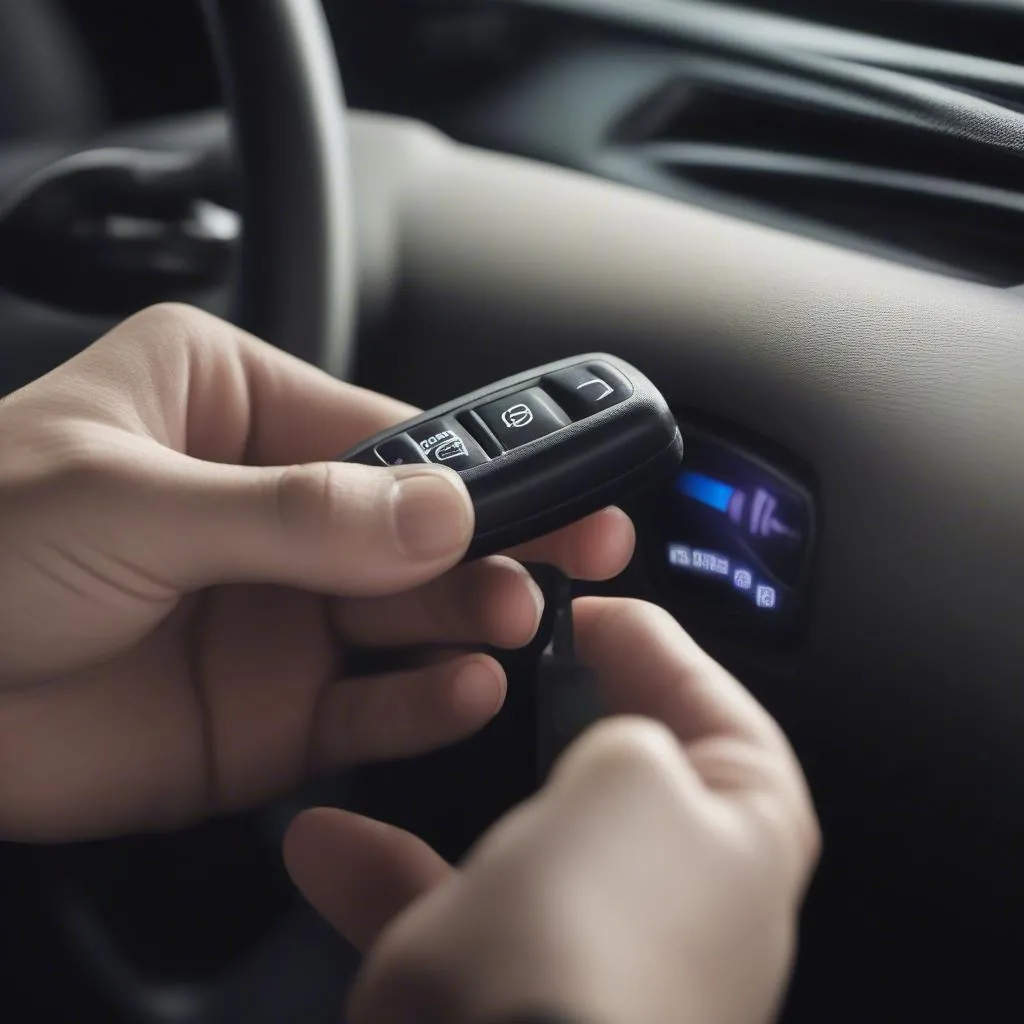The brake warning light on your Jeep Cherokee XJ is a crucial safety feature, designed to illuminate if a problem with the braking system is detected. Ignoring this warning light could lead to a dangerous situation on the road. Understanding its various triggers and how to troubleshoot them is key to keeping your XJ driving safely.
This comprehensive guide explores the common reasons behind a lit brake warning light on a Jeep Cherokee XJ and provides practical steps for diagnosing and addressing the issue.
Common Causes of a Jeep Cherokee XJ Brake Warning Light
Several factors can trigger the brake warning light in your XJ. Some of the most frequent culprits include:
- Low brake fluid level: This is the most common cause. Brake fluid, the lifeblood of your braking system, can decrease over time due to leaks or worn brake pads.
- Worn brake pads: As brake pads wear down, the brake caliper pistons extend further to compensate. This can result in a lower brake fluid level, triggering the warning light.
- Faulty brake light switch: Located behind the brake pedal, this switch signals the brake lights to activate when you press the pedal. If faulty, it can disrupt the brake light circuit and illuminate the warning light.
- Issues with the ABS system: The Anti-lock Braking System (ABS) is a critical safety component. If the ABS module or wheel speed sensors malfunction, it can trigger the brake warning light.
- Parking brake engagement: Leaving the parking brake even partially engaged can also illuminate the warning light. It’s a simple oversight, but easily remedied.
Troubleshooting a Jeep Cherokee XJ Brake Warning Light
Before you start, remember safety is paramount. If you’re uncomfortable working on your vehicle, it’s best to consult a qualified mechanic.
1. Check the Brake Fluid Level
- Park your XJ on a level surface and engage the parking brake.
- Locate the brake fluid reservoir; it’s typically a translucent plastic container on the driver’s side of the engine bay.
-
- Without opening the reservoir, visually inspect the fluid level. It should be between the “MIN” and “MAX” lines. If the level is low, it indicates a leak or worn brake pads.
2. Inspect for Brake Fluid Leaks
- Thoroughly examine the area around the brake master cylinder, brake lines, and each wheel’s brake caliper for any signs of fluid leaks.
- Brake fluid is typically clear to light brown and has a slightly oily texture.
-
- If you detect a leak, it’s crucial to address it immediately. Repairing brake lines typically requires professional assistance.
3. Check the Brake Pads
- If the brake fluid level is low but no leaks are detected, worn brake pads are the likely culprit.
- Inspect the brake pads by looking through the spaces between the wheel spokes.
 Worn Brake Pads
Worn Brake Pads- Brake pads require replacement if the friction material is less than 1/4 inch thick.
4. Inspect the Brake Light Switch
- Located above the brake pedal arm, the brake light switch is a small plastic component.
- With the ignition off, depress and release the brake pedal while listening for a distinct clicking sound from the switch.
- If you don’t hear a click, the switch may be faulty and require replacement.
5. Check the Parking Brake
- Ensure the parking brake is fully disengaged. Even a partially engaged parking brake can trigger the warning light.
When to Consult a Professional
While the above steps can help diagnose basic issues, certain situations necessitate professional expertise:
-
You’re uncomfortable working on your vehicle’s brake system.
-
You’re unable to pinpoint the cause of the brake warning light.
-
The problem persists even after addressing the common causes.
-
You suspect a problem with the ABS system.
“Brakes are your vehicle’s most critical safety system,” says veteran mechanic John Miller, owner of Miller’s Auto Repair. “Never ignore a brake warning light. Early detection and repair can prevent potentially dangerous situations.”
Conclusion
Addressing a brake warning light on your Jeep Cherokee XJ promptly is paramount for ensuring your safety and the well-being of others on the road. By understanding the common causes and utilizing the troubleshooting steps outlined in this guide, you can tackle the issue head-on. However, always remember that professional help is just a call away if needed. Prioritizing your safety should always be the top priority when dealing with any aspect of your vehicle’s braking system.

